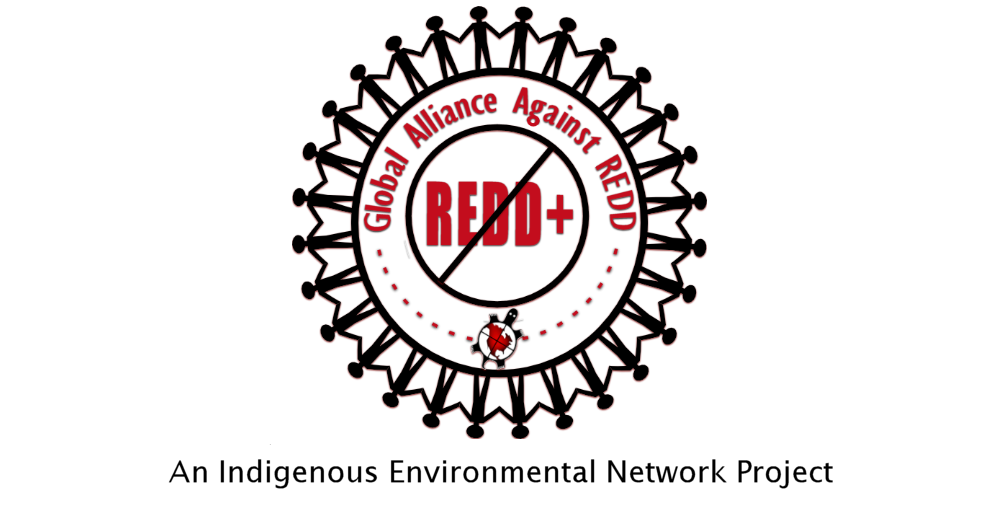By Juan Carlos Rodriguez
Law360, New York (July 19, 2016, 9:53 PM ET) California air regulators said last week that the Golden State’s carbon trading program won’t allow companies to buy credits generated from the preservation of Mexican and Brazilian rain forests to offset their emissions, but experts say that idea may end up being part of carbon trading schemes in the future.
Last week, the California Air Resources Board air regulators unveiled a preliminary draft of proposed revisions to the state’s cap and trade program — in which CARB auctions off emissions allowances to refiners, utilities and other greenhouse gas polluters as the emissions cap gradually declines — that would extend the carbon emissions reduction scheme from 2020 to 2030 and envisions steeper annual emissions cuts. A plan to allow the sale of carbon credits earned by foreign governments was not included in the draft, highlighting the difficulties of getting the unorthodox concept off the ground.
Reducing emissions from deforestation and forest degradation, or REDD, programs would work by allowing sub-national entities like Acre state in Brazil or Chiapas state in Mexico to generate carbon offsets by instituting programs that are subject to verification to save their tropical rain forests. The offsets could then be introduced into a cap and trade arrangement like the one in California.
Opponents of the idea include environmental justice and international human rights groups, as well as some environmental groups, that have argued that REDD programs can harm forest communities.
“The communities themselves don’t necessarily always distinguish between a REDD project or one that comes to cut the timber. At the end of the day, people can lose access,” said Gary Hughes, Friends of the Earth’s California advocacy campaigner.
He also said REDD, while potentially saving tropical forests, can simply allow companies in California to continue to pollute as they have in the past, meaning the communities around facilities in the state would see no improvement in their environment as a result of the program.
But Frances Seymour, a senior fellow at the Center for Global Development, a think tank dedicated to reducing global poverty and inequality, said while CARB would certainly consider those concerns, the most likely reason a REDD program was left out of the draft proposal was that the carbon trade program itself is in need of rescuing. She said the California Legislature is currently deciding whether to authorize the 10year extension of the program.
“My understanding was that the goal this time around was to get the whole capandtrade system extended past 2020 to get past the Legislature. If there were bells and whistles that could be taken off to facilitate that in this round, that’s what CARB wanted to do,” she said. “But REDD is by no means dead. This is just a delay.”
The draft proposal said linkage with a state of the art, jurisdictional sector based offset program can provide “significant benefits” to California’s cap and trade
program by assuring an adequate supply of compliance offsets to keep the cost of compliance within reasonable bounds.
Linkage would also support California’s broad climate goals, as well as global biodiversity and tropical forest communities, CARB said. The agency said it will begin a new series of public meetings about REDD this fall.
Kevin Poloncarz, a partner at Paul Hastings LLP, said CARB has been working on a REDD program for years and that there is a lot of momentum to do it.
“I didn’t get a sense that this was slamming on the brakes,” he said of the draft proposal. Instead, he said the delay suggests California wants more time to coordinate with the governors of Quebec, which is already linked to California’s system, on what an appropriate sector based linkage would look like.
Another reason CARB may not want to start up a REDD program right away is that it may not be economically necessary right now, said Michael Wara, a professor at Stanford Law School. He noted that recent sales of allowances, or permits to pollute, have actually failed to generate healthy market activity.
“CARB really wants to create confidence in the market that there’s going to be a use for these allowances after 2020 as the caps fall. Right now, there’s real uncertainty about whether the program’s even going to exist after 2020. That question mark has reduced demand for allowances,” Wara said.
Offsets, like the ones that would come from a sector-based program in Acre or Chiapas to reduce emissions from deforestation, are like additional supply, he said, so CARB is now trying to create a belief among market participants that there’s going to be additional demand.
“They don’t want to create the belief that there’s going to be additional supply because that might reduce how many allowances they sell, and they desperately want to sell their allowances right now to restore the confidence — especially in the California Legislature — in the program,” he said.
He said it’s more likely that a REDD program will take off when CARB and the market have a firmer belief there are too many allowances and not enough emissions.
“They’ve been working on REDD for a really long time, and I think that they’re committed to it, but they’re fighting for their life right now,” Wara said. “So this has to be on the back burner because it’s a distraction from whether there’s a cap and trade program at all.”
http://www.law360.com/articles/819284/calif-carbon-plan-puts-rainforest-credits-down-not-out
